PPT-More Java! Lecture 3 CS2110 Spring 2013
Author : eatsyouc | Published Date : 2020-10-06
1 Recall from last time 2 We were thinking about a toy store Everything on the shelves is a toy A toy has a price a suggested age range a name it might be different
Presentation Embed Code
Download Presentation
Download Presentation The PPT/PDF document "More Java! Lecture 3 CS2110 Spring 2013" is the property of its rightful owner. Permission is granted to download and print the materials on this website for personal, non-commercial use only, and to display it on your personal computer provided you do not modify the materials and that you retain all copyright notices contained in the materials. By downloading content from our website, you accept the terms of this agreement.
More Java! Lecture 3 CS2110 Spring 2013: Transcript
Download Rules Of Document
"More Java! Lecture 3 CS2110 Spring 2013"The content belongs to its owner. You may download and print it for personal use, without modification, and keep all copyright notices. By downloading, you agree to these terms.
Related Documents

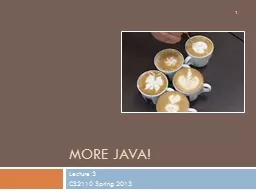
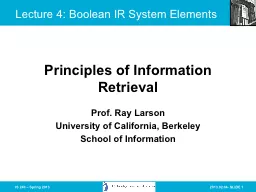
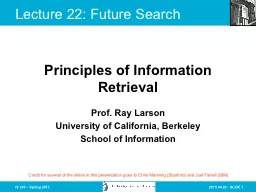

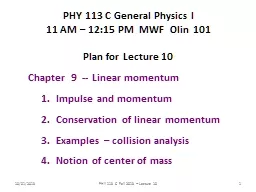
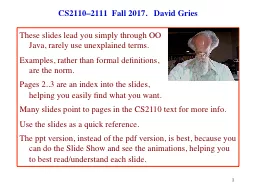

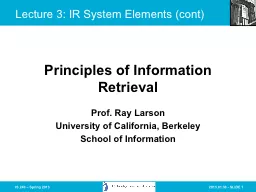
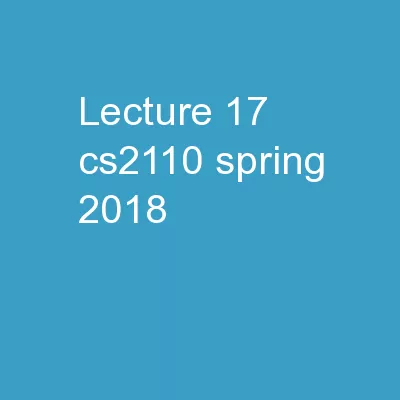


![[FREE]-Java Java For Beginners Guide To Learn Java And Java Programming (Java Programming](https://thumbs.docslides.com/970816/free-java-java-for-beginners-guide-to-learn-java-and-java-programming-java-programming-books.jpg)
![[READING BOOK]-Java: Java For Beginners Guide To Learn Java And Java Programming (Java](https://thumbs.docslides.com/973988/reading-book-java-java-for-beginners-guide-to-learn-java-and-java-programming-java-programming-books.jpg)